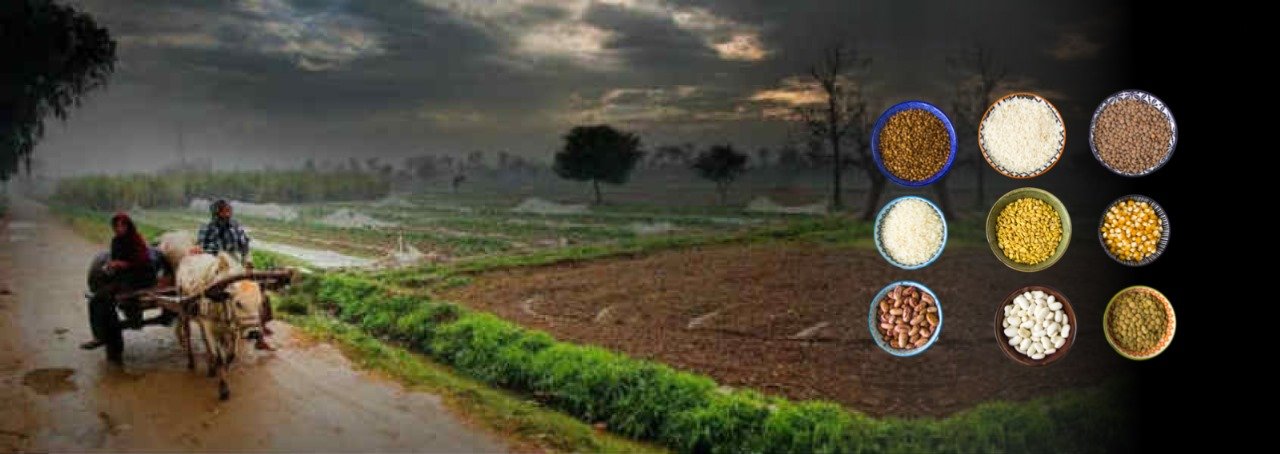
Millets are highly regarded worldwide for their resilience and widespread cultivation, particularly gaining favor in the Midwestern United States where they are commonly grown alongside maize and soybeans. In Mid-Missouri, local farmers are increasingly favoring millets due to their lower resource requirements compared to other crops.
In 2023, recognizing the crucial role of millets in global food systems, the United Nations actively promoted millet markets to raise awareness about their nutritional benefits beyond their staple food status, highlighting various health advantages associated with regular consumption.
Millets are also economically advantageous, requiring less investment and time for cultivation compared to maize and soybeans. Once considered ancient grains, millets have experienced a resurgence, with officials from the Food and Agriculture Organization (FAO) underscoring their potential contribution to sustainable development and stable growth, shifting attention from former primary crops such as wheat, rice, and maize.
Several millet varieties exist, including Japanese millets, ragi, sorghum, pearl millet, and foxtail millet, all requiring fewer resources and less water than traditional grains. Despite their higher yield, millets remain cost-effective, making them significant even in the Midwest.
Japanese millets thrive in regions with limited water availability rather than hot and humid conditions, making them suitable for cultivation in areas below the Missouri and Mississippi rivers. Furthermore, millets serve as staple foods and find extensive use as animal feed.
Despite a growing preference for gluten-free diets, millets have yet to gain widespread popularity in the United States market compared to other crops. Experts stress the importance of additional research and promotion to bolster millet cultivation and enhance their integration into agricultural and food production systems.
© 2023 - 2025 Millets News. All rights reserved.